Resident Evil 4 in VR is the most fun I've ever had with a Resi game
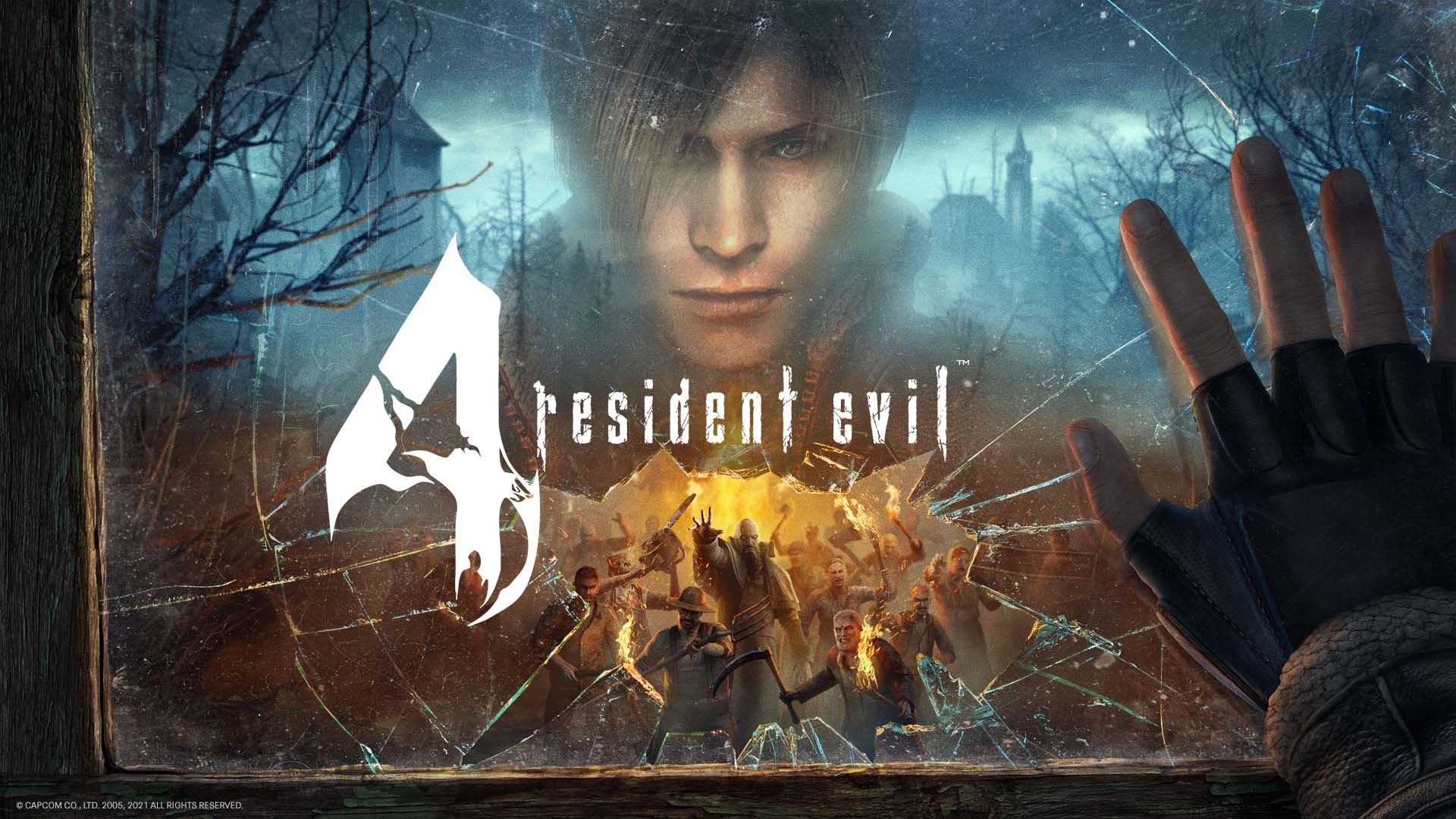
I’ve lost count of the number of times Resident Evil 4 has been ported. 12, apparently. I’ve also lost count of how many times I’ve completed it and the number of times I’ve bought it. Given my most recent playthrough reminded me every single treasure location and puzzle solution is hardwired into my brain, it’s probably too many. Maybe that’s my brain telling itself another Resident Evil 4 playthrough was inevitable – I just never imagined it would be in VR, nor did I imagine it would be the most fun I have had playing Resident Evil 4 since I first played it.
So am I adequately placed to tell you whether or not Resident Evil 4 VR is worth your time? My Resi 4 credentials, which include five-starring all of the maps with every character in the post-game mercenaries mode and once being asked to leave a nightclub for offering to buy peoples’ personal possessions at a ‘high price’ while dressed as The Merchant say yes.
Like many, I had a lot of questions when Resident Evil 4 VR was first revealed as an Oculus Quest 2 exclusive. The first was whether or not I could really be arsed to play through the game again. The second question, and the reason you’re probably reading this, is: do the new VR elements add anything new to the game? I was wrong to be cynical. Everything looks and feels completely new. This is Resident Evil like you’ve never experienced it before – even if you’ve previously dabbled in the VR version of Resident Evil 7.
Goodbye tank controls
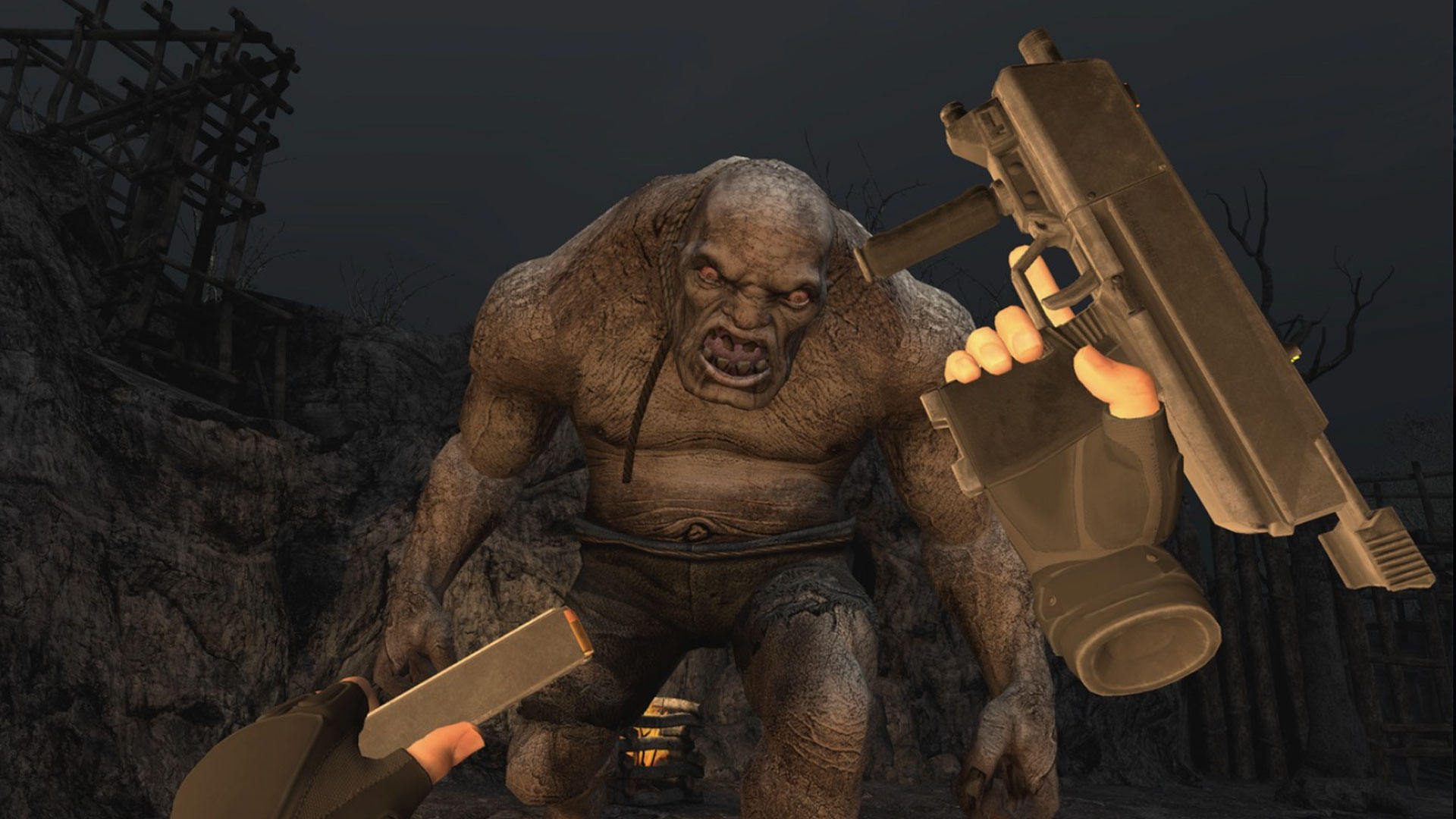
So how does what is widely considered as one of the greatest games ever made translate into a VR experience 16 years later? For a start, the tank controls are gone. Running about as Leon (and Ashley) feels faster than ever before. Enemies, as well as their projectiles, are easier to dodge as a result. You can now strafe – albeit slowly – while your gun is drawn. These may seem like small changes, but they make a massive difference to how you play, whether you’re sitting down or standing up.
Many of the game’s most annoying moments have been fixed. Developer, Armature Studio, has made significant changes to Ashley’s behavior in particular, as well as reducing the amount of damage she takes in comparison to Leon. This will make your visits to the Game Over screen less regular, especially on the highest difficulty setting. Quicktime events are less annoying too and no longer require you to simultaneously smash an assortment of buttons to complete them. Instead, you just frantically move your hands up and down, the same way you’ll shake off any enemies that grab you.
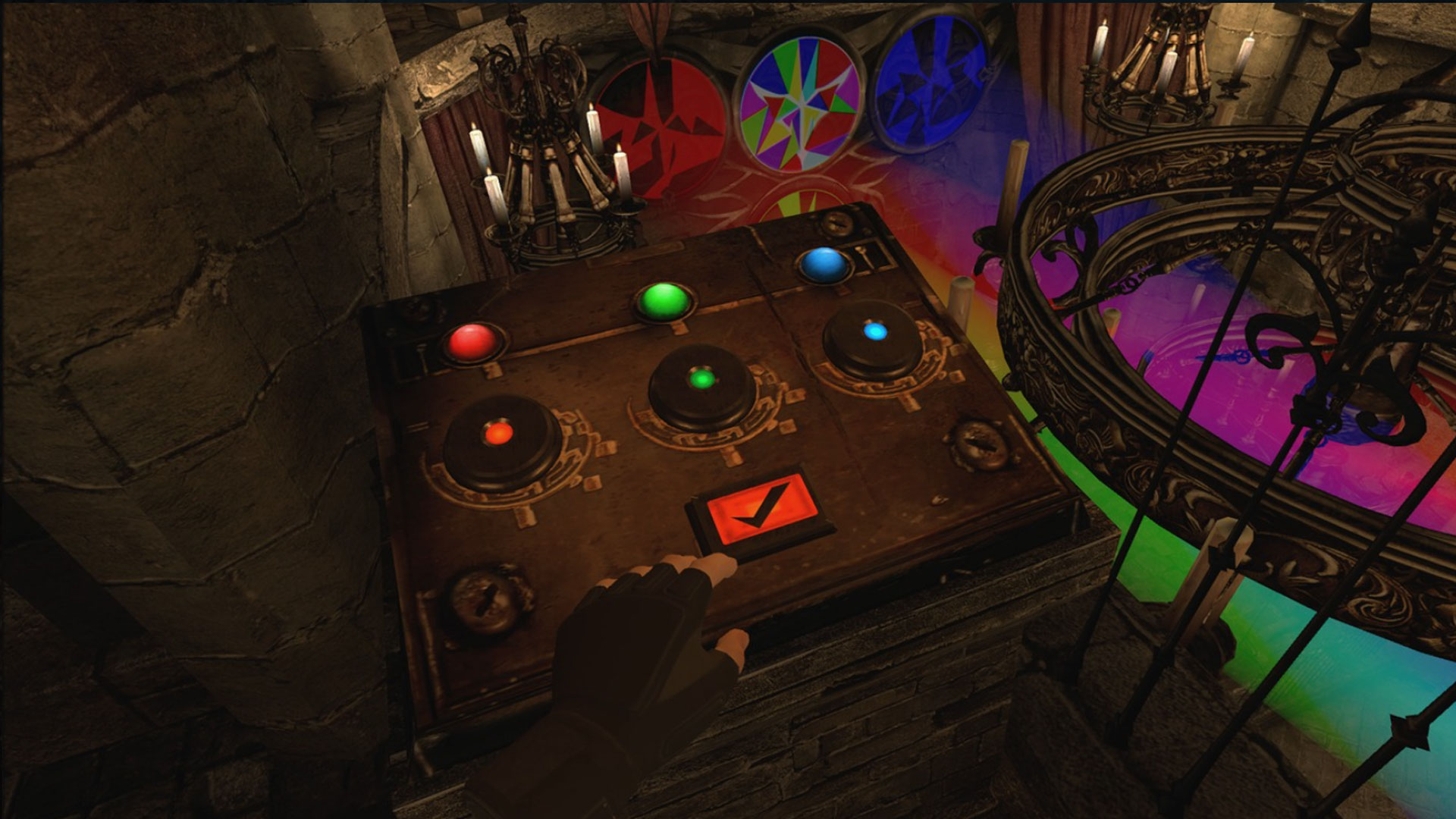
This VR version of Resident Evil 4 is full of surprises, too. All of the game’s puzzles, while the same, are now solved in first-person using the Oculus controllers as Leon’s hands, whether that’s turning cranks to draw bridges or rotating images to complete a sequence. You save your game by literally pressing the keys on a typewriter. Doors can be gently pushed open with your free hand – but you can still boot them open if you so wish. Tilt your left wrist and the watch on your hand will show your health, ammo count and total playtime in James Bond fashion. It’s slick. It’s fancy. It’s fun. Some of the biggest changes are to the Del Lago Lake Monster boss fight, which makes the game’s most unbearable boss fight actually quite fun.
Prior to playing Resident Evil 4 VR on the Quest 2, my only experience of VR was the PlayStation VR. While there have definitely been highlights, whether that’s the euphoria of Tetris Effect threatening to trigger an existential crisis or Resident Evil 7 in VR triggering a trouser crisis, I’ve encountered numerous issues on games that use the PlayStation’s Wand Controllers. How Resident Evil 4’s classic and, let’s be honest, dated controls would play through the Quest 2 controllers was a big worry for me, especially after seeing how much the game utilises the Quest 2 controllers in the initial reveal and follow-up gameplay trailers.
Weekly digests, tales from the communities you love, and more
Your Right Hand Comes Off?
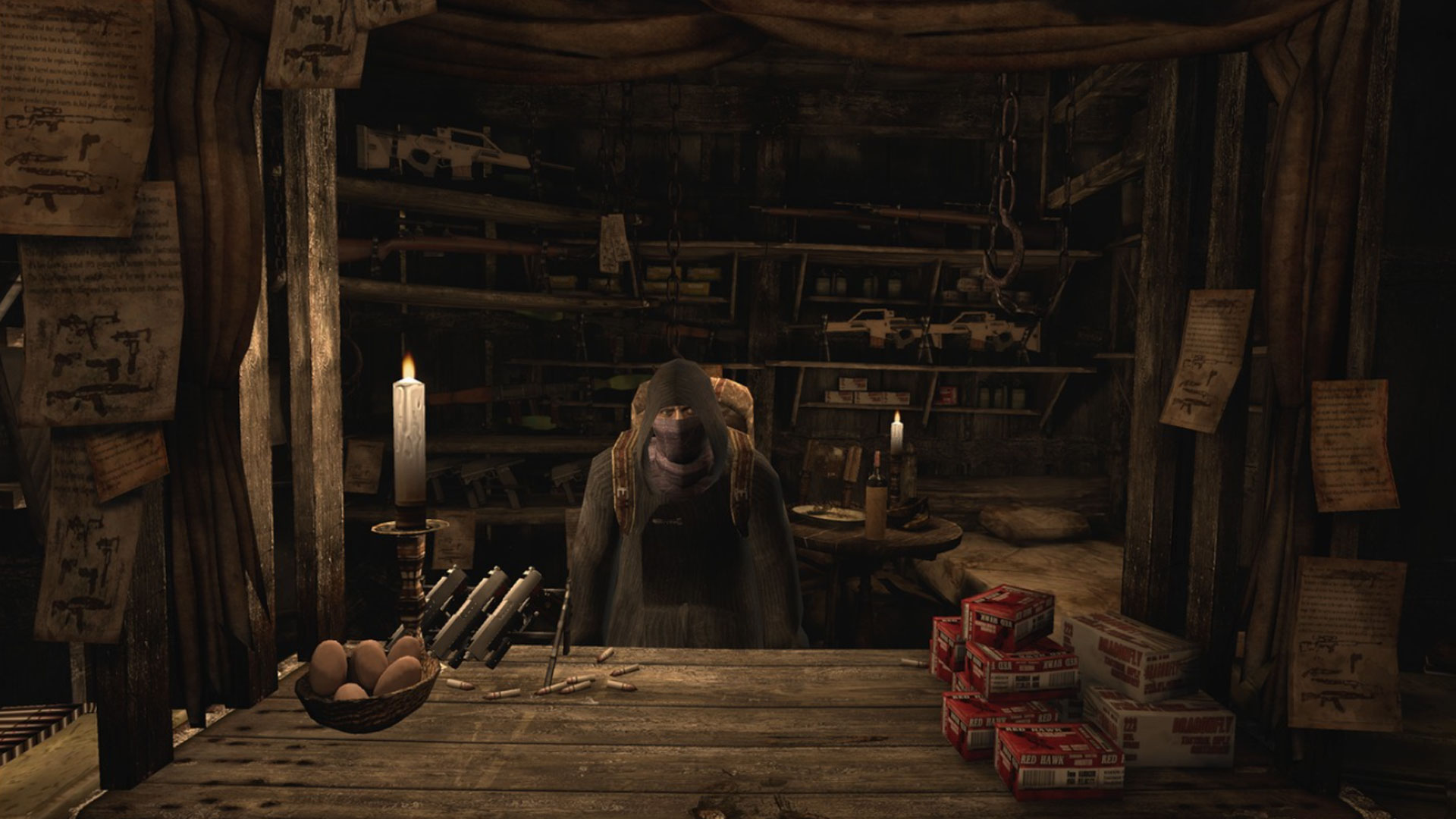
I don’t think I’d have had anywhere near as much fun with Resident Evil 4 in VR if it wasn’t for the Quest 2 controllers. Resident Evil 4 VR with a standard controller would have simply been a better-looking Resident Evil 4 experience with more jump moments. Resident Evil 4 VR with the Quest 2 controllers is the reason this experience feels so now.
That said, the controllers do take a bit of getting used to, and it wouldn’t be fair if I didn’t air my grievances. Grenades can be a nightmare to throw, and if you find yourself swarmed by enemies, your limited field of view can make it difficult to escape. And the weapons, while most of them are fun to use, are definitely cumbersome at first (shotgun, rifle).
If you’re using the Immersive Weapon Management mode, you’ll switch weapons by using the Quest 2 controllers to grab them from certain parts of your body. Reach down to your right thigh and pull the grip button on the Quest 2 controller to grab your pistol. Reach over your shoulder and do the same to grab a heavy weapon from your back. Similar movements are used for grenades (right chest) and recovery items (left chest), all of which are assigned from the main inventory.
Weapons need to be reloaded, of course, and this is done by grabbing ammo (if you have it) from your left thigh, inserting it into the cartridge, and then reloading according to your weapon’s instructions. For some weapons this is easy. The pistol just needs a slide pulling back with every new clip. The shotgun requires you to manually pump the slide after every shot to reload. You can still manually reload in the menu though if you so wish.
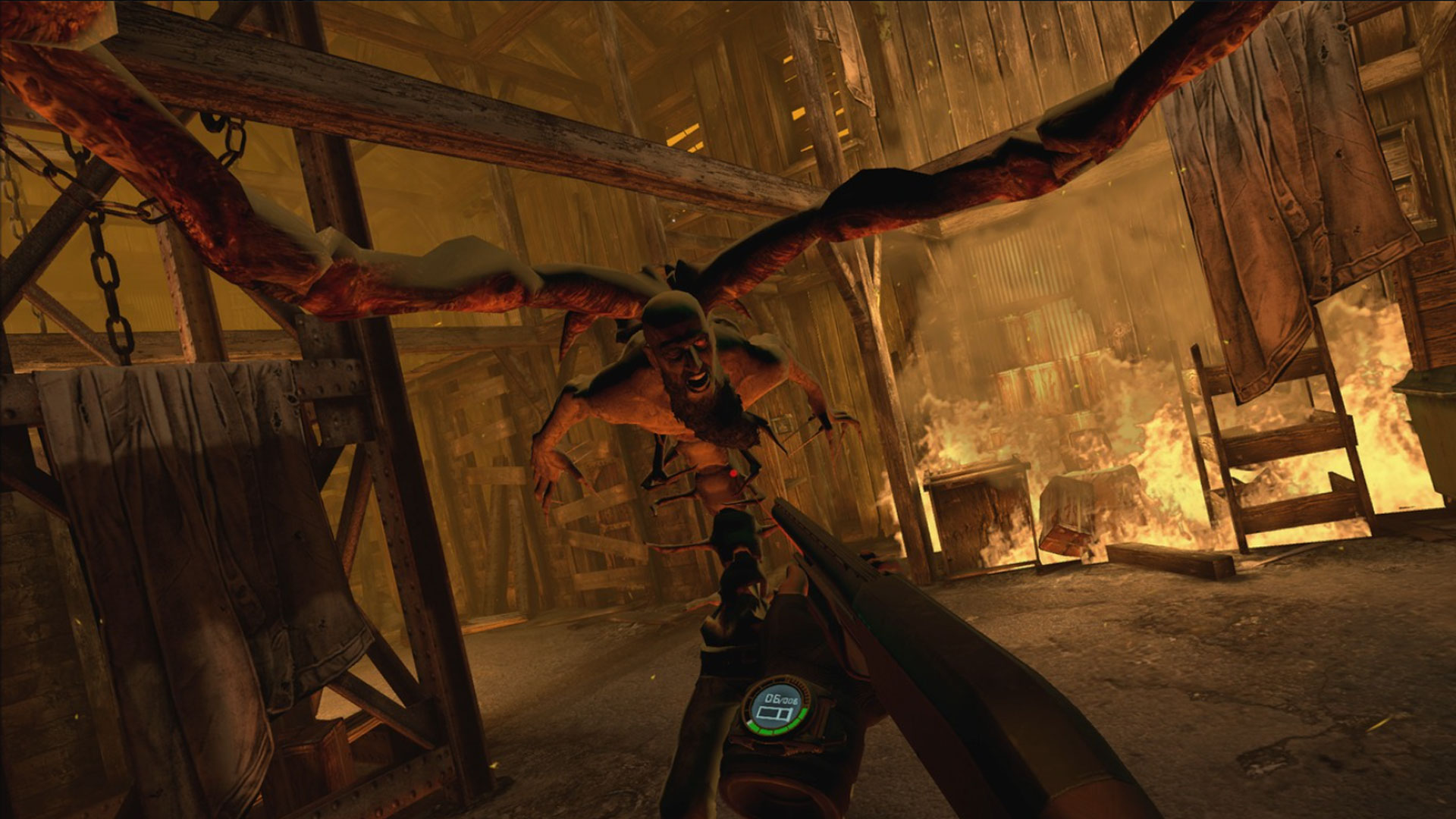
Once you’ve mastered the controls and realized you can hold two-handed weapons in one hand, you will be unstoppable. It wasn’t until the Castle area of the game that I realized I could dual wield a semi-automatic rifle and a combat knife. I was essentially using the rifle as a shotgun, no-scoping anyone that dared to get too close with deadly precision while manically slashing with my left hand. The only downside to this newfound precision is aiming down the scope while using the rifle, something I personally struggled with.
Another downside to this experience is the Quest 2’s relatively short battery life, although it’s probably good to take regular breaks after hours of gunning down Ganados in virtual reality. As this is my first time using a Quest 2 headset, it’s worth noting the entire experience was incredibly comfy, especially compared to the weight and bulk of the PSVR headset I’m normally used to. The speakers in the headset, along with the new spatial audio in Resident Evil 4, made me forget I wasn’t wearing headphones. It completely immerses you and makes enemies easier to locate, which is useful given your limited field of view.
Now that I’ve played through Resident Evil 4 in VR, I’m going to do it again on professional mode. Then I’ll do it again. Then perhaps I’ll do it again with just the knife. Regardless of whether this will be your 10th or 100th playthrough of Resident Evil 4, Armature Studio has somehow accomplished the impossible by making Resident Evil 4 feel fresh again. The only barrier to more people playing this is the Quest 2’s price tag, especially if Resi 4 is the only game that currently appeals to you. As The Merchant might say: not only will you need cash, but you’ll need guts to drop over £300 on that experience.
Resident Evil 4 VR drops on Oculus Quest on October 21. Until then, here are our best VR games to play right now. You can also check out all the best Oculus Quest 2 deals available now.
Mat Ombler is a freelance copywriter and journalist specialising in video game music. After spending five years of his life touring the UK and Europe in a metal band, he started to write stories about the intersection of games and music which have appeared in places such as The Guardian, Vice, GamesIndustry.Biz, and Edge. Mat will use any opportunity he’s got to spread the good word of video game music and has a regular column with NME where he dives into obscure video game soundtracks. He co-hosts a video game podcast called Load-In with Neck Deep’s guitarist, Matt West, where they invite bands on to chat about their favourite games and soundtracks. You can find it on Spotify.


